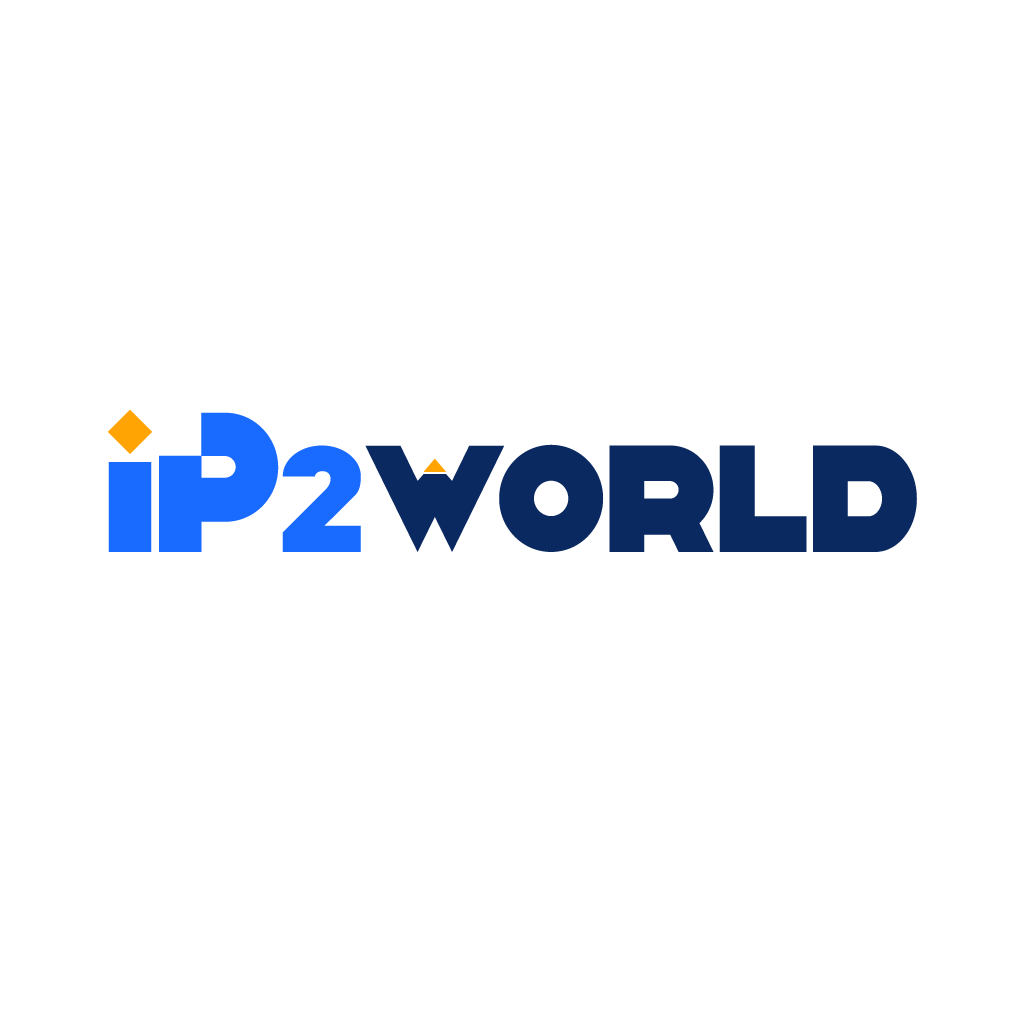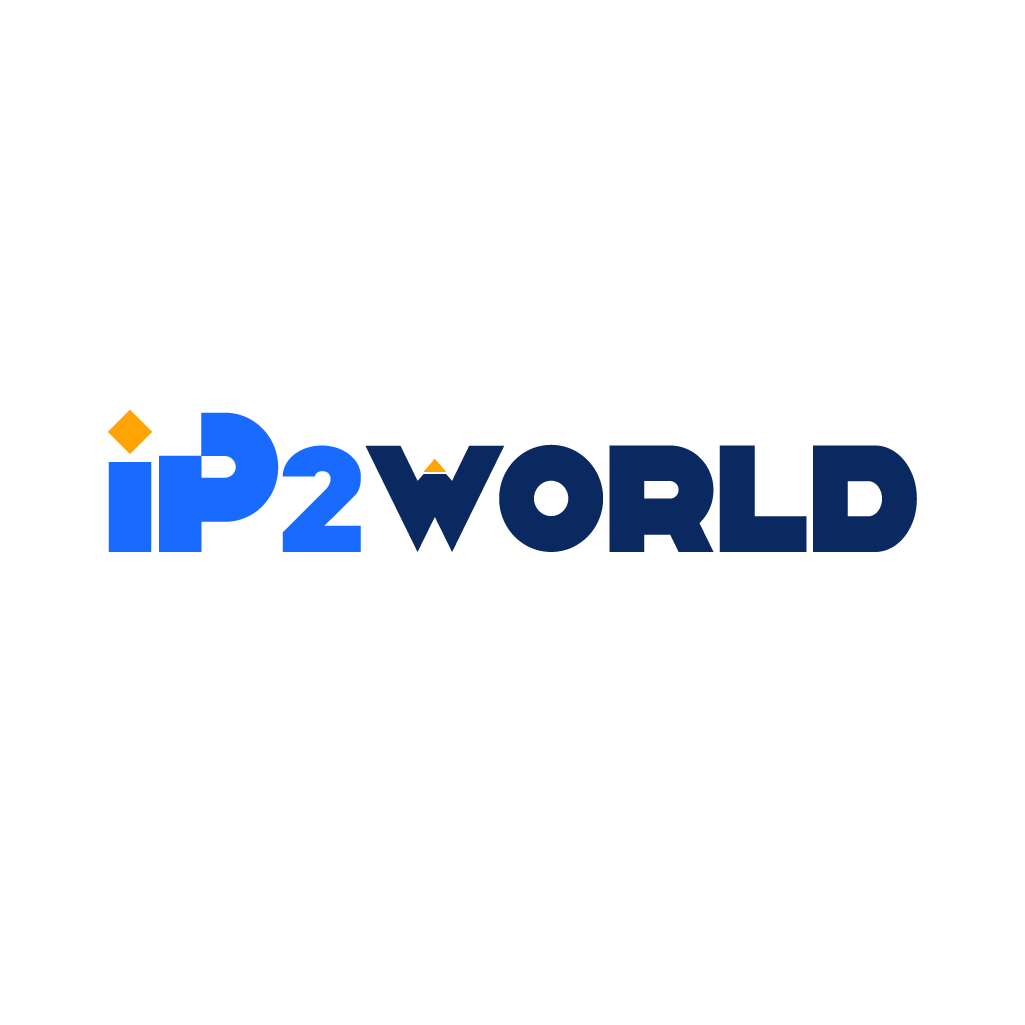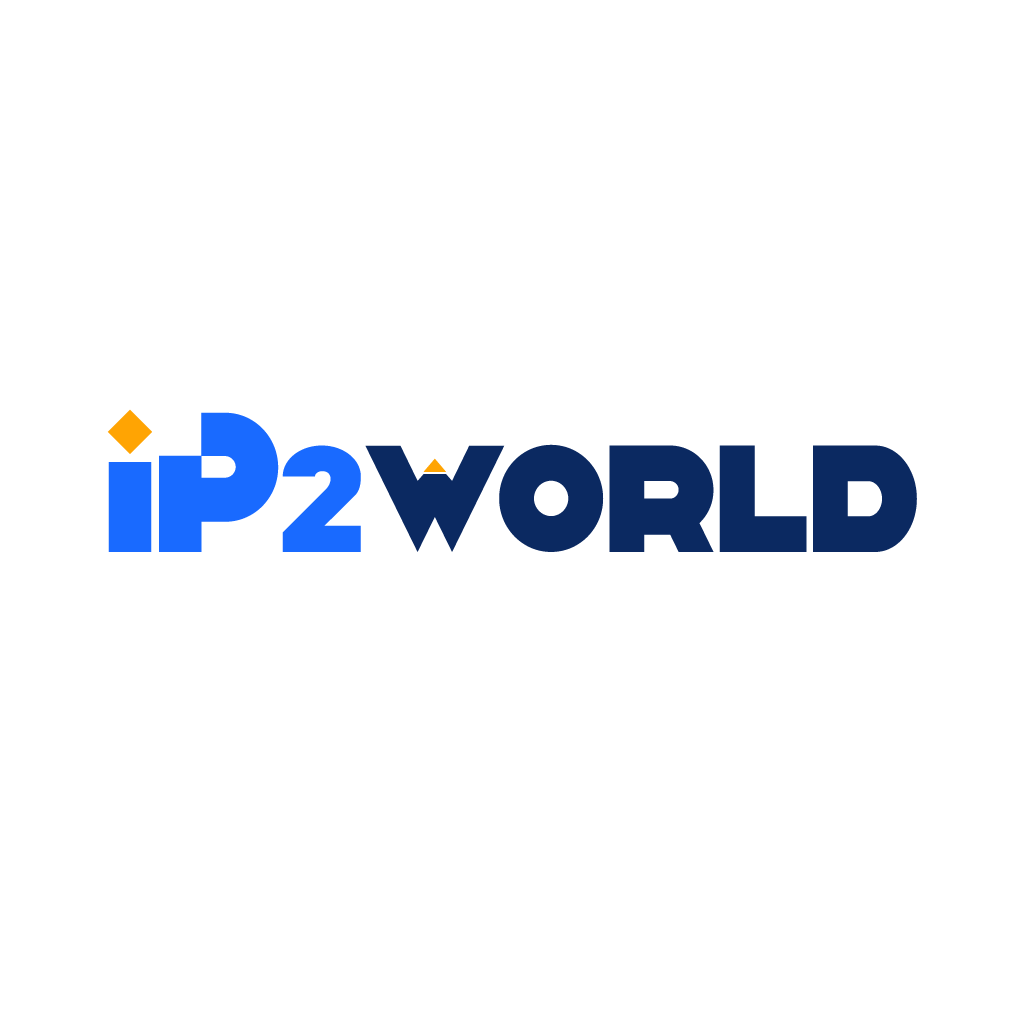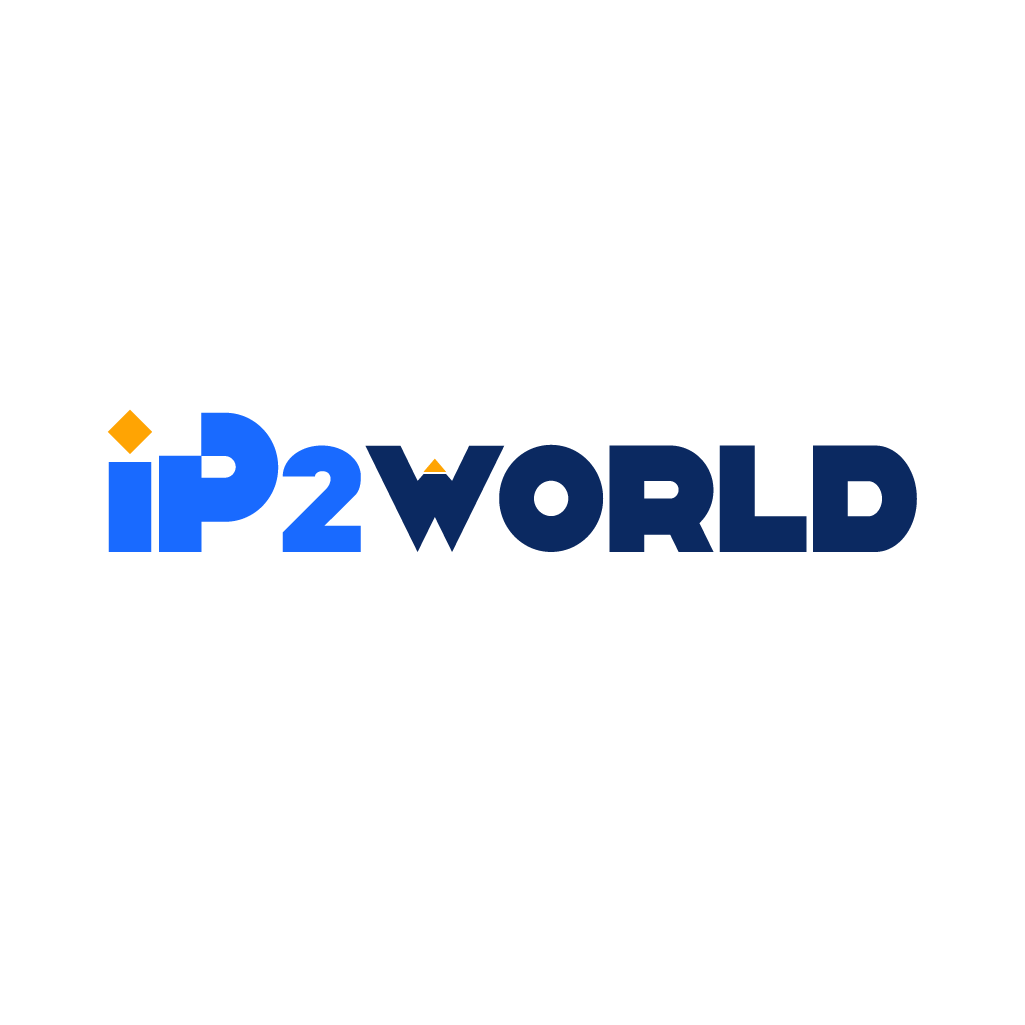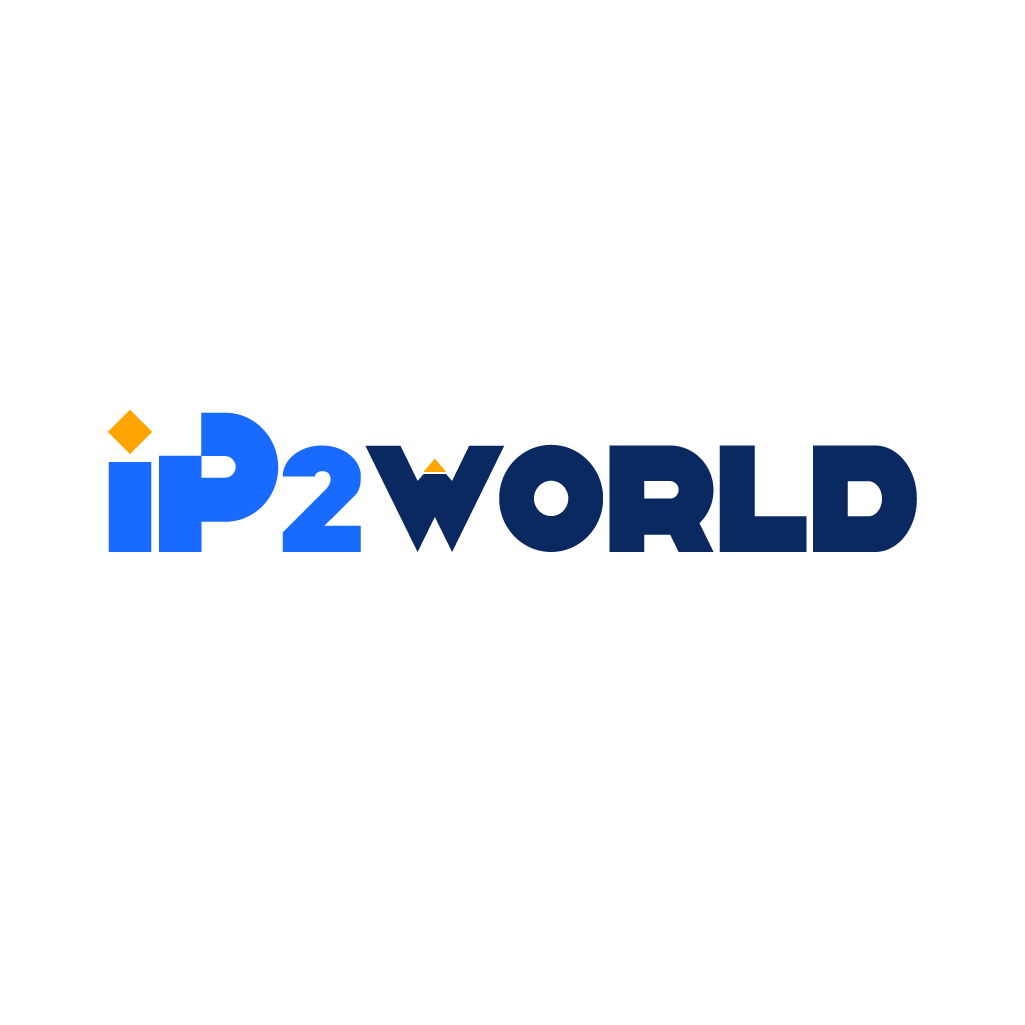In the realm of network architecture and internet security, proxies play a pivotal role in managing and directing traffic between clients and servers. Two primary types of proxies that often come into discussion are forward proxies and reverse proxies. While they may sound similar and serve the overarching purpose of acting as intermediaries, their functions and applications are quite distinct. This blog post aims to elucidate the differences between forward proxies and reverse proxies, shedding light on their unique roles and benefits in network configurations. What is a Forward Proxy? A forward proxy, often simply referred to as a "proxy," acts on behalf of the client. It is a server that sits between a client and the wider internet. When a client requests a resource from the internet, the request first goes to the forward proxy. The proxy then forwards this request to the appropriate server on behalf of the client. Key Functions of a Forward Proxy: 1.Anonymity and Privacy: By masking the client's IP address, forward proxies provide anonymity, enabling users to browse the internet without revealing their true identity. This is particularly useful for privacy-conscious users or those accessing geo-restricted content. 2.Content Filtering: Organizations often use forward proxies to enforce security policies by filtering out unwanted content. This can include blocking access to certain websites or content types deemed inappropriate or harmful. 3.Bandwidth Savings: Forward proxies can cache frequently accessed resources, reducing bandwidth usage and speeding up access times for clients. 4.Access Control: They can restrict access to specific resources based on user credentials or IP addresses, enhancing security within an organization. What is a Reverse Proxy? A reverse proxy, in contrast, operates on behalf of the server. It sits in front of one or more web servers and intercepts requests from clients before they reach the server. The reverse proxy then forwards these requests to the appropriate server based on various criteria. Key Functions of a Reverse Proxy: 1.Load Balancing: Reverse proxies distribute incoming client requests across multiple servers, ensuring no single server becomes overwhelmed. This enhances performance and reliability by optimizing resource utilization. 2.SSL Termination: They can handle SSL encryption and decryption, offloading this resource-intensive task from web servers and simplifying certificate management. 3.Security Enhancement: By acting as a barrier between clients and servers, reverse proxies can provide an additional layer of security, protecting servers from direct exposure to potentially malicious traffic. 4.Caching and Compression: Reverse proxies can cache content and compress data before sending it to clients, improving response times and reducing bandwidth usage. Comparing Forward Proxy and Reverse Proxy Orientation: -Forward Proxy: Client-oriented, acting on behalf of clients seeking resources from servers.-Reverse Proxy: Server-oriented, acting on behalf of servers responding to client requests. Use Cases: -Forward Proxy: Ideal for individual users or organizations needing anonymity, content filtering, or access control.-Reverse Proxy: Suited for web services requiring load balancing, enhanced security, or SSL termination. Network Positioning: -Forward Proxy: Positioned between the client and the internet.-Reverse Proxy: Positioned between the internet and the server(s). Benefits: -Forward Proxy: Provides privacy, control over content access, and potential bandwidth savings for clients.-Reverse Proxy: Offers load distribution, improved security, and performance optimization for servers. Conclusion Both forward proxies and reverse proxies serve as crucial components in modern network architectures, each fulfilling distinct roles tailored to different needs. Understanding their differences helps organizations and individuals choose the right type of proxy for their specific requirements. Whether it's safeguarding client privacy with a forward proxy or enhancing server performance with a reverse proxy, these tools are invaluable in navigating today's complex digital landscape. Incorporating the right proxy solution can significantly enhance security, efficiency, and user experience, making it essential for IT professionals to grasp these concepts thoroughly. As technology continues to evolve, staying informed about such foundational components will remain crucial for optimizing network operations and ensuring robust cybersecurity measures.
2024-12-13



